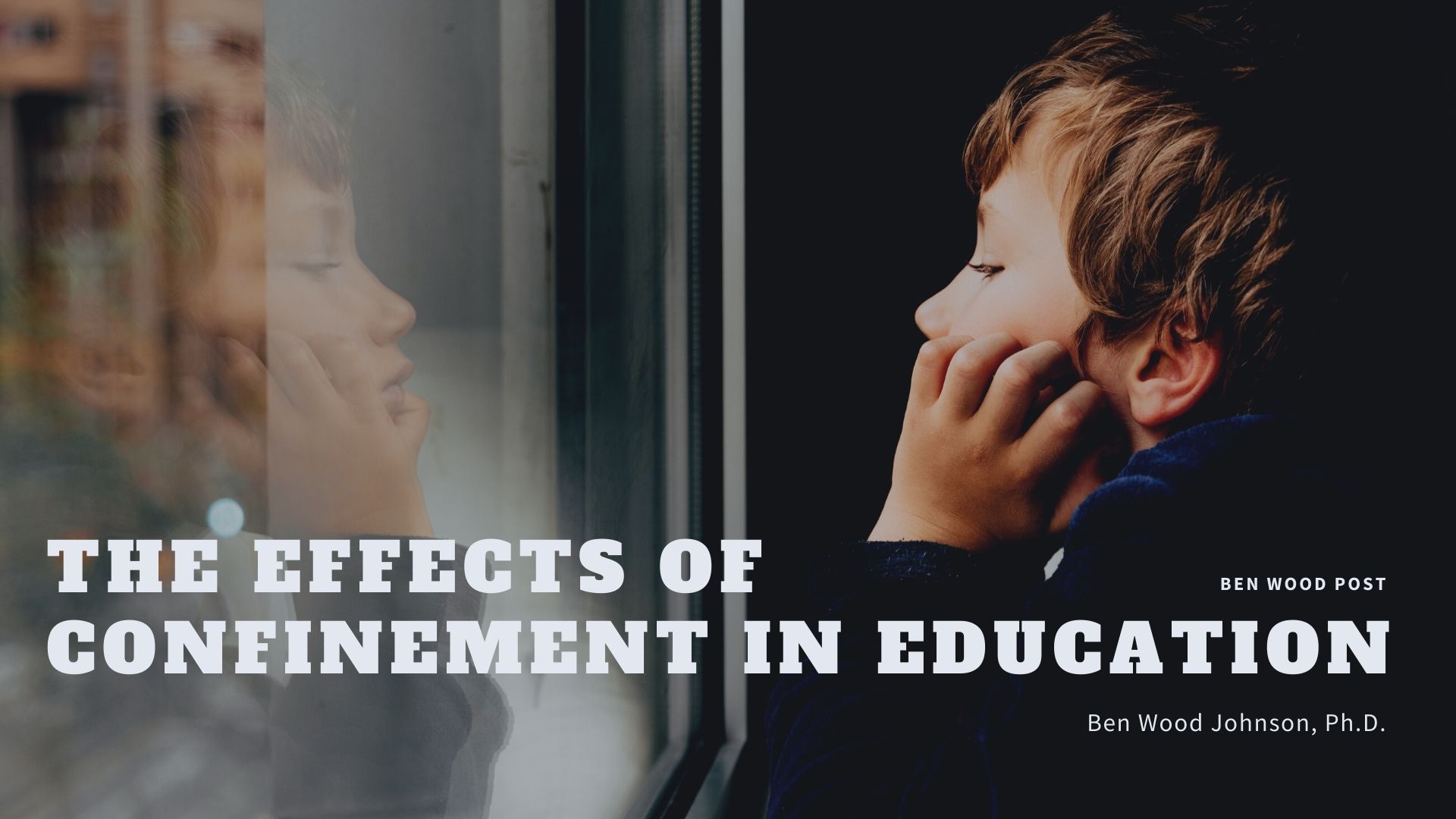Confinement and student learning
What are the effects of confinement in education? The answer could be mitigated. This is a controversial issue. In education, confinement has proven disadvantageous for students, parents, and educators alike.
A major effect of the Coronavirus pandemic is a tendency to shift from traditional learning (or face-to-face) to online education. How is it going for education? Not good, some might say.
Contrary to popular assumptions regarding the reality many students faced (or are continuing to face) during the pandemic, online education has been an awful experience. Sometimes it does not work. Other times, it is a waste of time. It is a waste of talent.
Regardless of what you might think of online learning, some people would swear that it works for them. Of course, this assessment would be subjective. However, could we say online education works for everyone else? Let us consider a few ramifications about confinement in education.
Understanding the term confinement
The term “Confinement” is a way of describing the new reality many people face in the world since the rise of infections related to the Coronavirus. The idea is to use confinement as a mechanism to stop the spread of the virus. To do that, they say, people must practice social distancing and other safety measures.
Many people consider confinement as the most effective tool to fight the pandemic. However, the concept itself is not novel. Confinement is an aspect of being (or living) in society. Human confinement has always been a part of the human experience.
The most obvious facet of the concept of confinement is imprisonment. In various social settings, being confined is a norm. It includes physical restraints and other restrictive mechanisms, including detention facilities, jails, prisons, or schools.
Yeah, the above is not a typo. A school is a confined environment. Thus, it is a detention facility. More often than not, it is a jail; it is a prison.
Positive effects of being in school
In the present context, we could examine the concept of confinement from an educational lens. From K through 12, the process of education often requires that students are confined in one place. Occasionally, students are confined at a school building. The question worth posing here is: what are the effects of similar confinements on students?
The literature is ambivalent about the effects of being in school. But the understanding is that we must confine students in one place. It is for their own good, some would argue. It is the best way, some may say, to make sure that students receive a quality education.
I would not refute the previous arguments. Education, I would concede, must have a structure. Requiring students to be in a location (or in a place) where they could receive the information, which they are expected to learn, is important.
Spending many hours in a school setting (or in a classroom) may force students to focus on the subject being taught. They might immerse themselves in the learning process itself. However, we must consider other issues, which could bring about negative effects on students.
Negative effects of being in school
Forcing students to be in one place for a long period could have negative effects on student learning. It might lead to a disinterest in the learning itself. Students might feel overwhelmed. They might feel pressured to learn.
Being forced to be in school may hamper the learning process. Students may feel obligated to learn at a pace, which might not reflect their internal capacities. That might even hamper their true abilities.
Some people could argue that confinement is not a prerequisite in education. There are other alternatives to being confined in a classroom. For instance, students could receive an excellent education in their home (home school). Therefore, confinement is not a be-all-end-all-approach to education.
Home school and confinement
An important alternative to traditional education is home schooling. Since the beginning of the Coronavirus pandemic, many schools have opted for an online educational model. As a result, students have had no choice but to attend school from the comfort of their home.
Does that mean that students are no longer confined in one place? The answer might surprise you.
In an online approach to education, students are more confined than ever before. The same, this situation does not bode well for students. It is not good for parents. It is also an inconvenient for educators.
The literature is unsettled
When we talk about confinement in education, the issue is not settled. The literature is ambivalent about the effects of home schooling. There is no definite clarity about other forms of learning methods, namely online learning.
It is unequivocal that since the pandemic, there has been a major change in education. Students who attend their classes online do not spend many hours in a classroom environment. That being the case, they spend even more time in school. Some are forced to remain behind their computer to complete school-related works.
Online education is always on. There is no reprieve. There is no break. There is no downtime. This is not good for students. This is not good for anyone, period.
A sensible approach
Online education is a tremendous burden on students. The same is true for parents and school professionals alike. The question is: what could we do? I am not sure there is a panacea. But we need to understand the ramifications of both approaches.
We need to tailor a sensible learning environment for students. Otherwise, the effects of miscalculating the ramifications of forcing students to be confined either in a school building or at home could be disastrous for the mental well-being of the learner.




